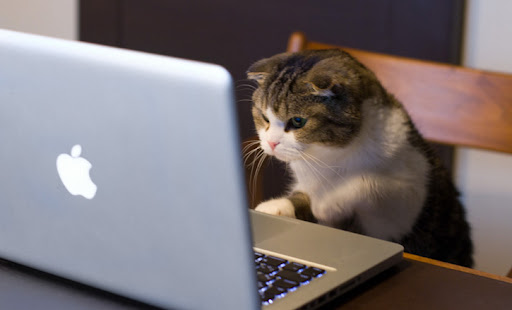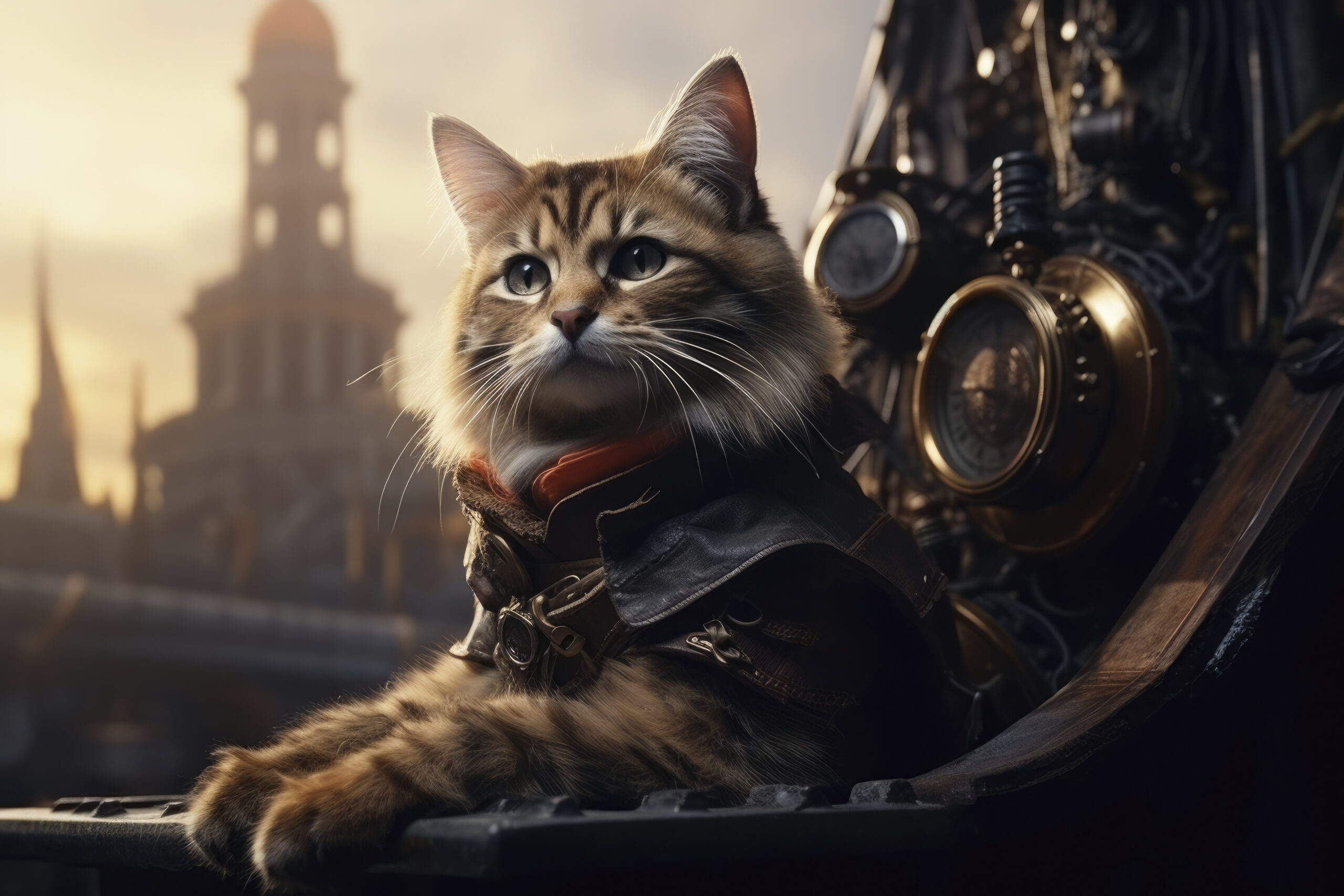Table of Contents
Introduction
In the quick moving universe of the web, patterns travel every which way with momentous speed. One of the most persevering and captivating peculiarities of online culture is the image. Images have developed from straightforward pictures with amusing inscriptions to complex social curios that spread virally across online entertainment stages and then some. This article investigates the set of experiences, effect, and eventual fate of web images, following their excursion from the beginning of discussions to their ongoing predominance in worldwide mainstream society.
1. What is an Image?
To comprehend the peculiarity of web images, it’s significant to characterize what an image really is. Begat by Richard Dawkins in his 1976 book “The Narrow minded Quality,” an image initially alluded to a thought, conduct, or style that spreads from one individual to another inside a culture. On the web, images are normally amusing pictures, recordings, or text that are duplicated, frequently with slight varieties, and spread quickly by web clients.
2. Beginnings of Internet Memes
Web images as we probably are aware them today started to arise in the mid 2000s with the ascent of gatherings and early person to person communication locales like MySpace and early cycles of Facebook. One of the earliest and most notorious models is the “Moving Child” image, which acquired prevalence in 1996 for its particular movement set to a circle of “Snared on an Inclination” by Blue Swede.
3. LOLcats and Early Popular Substance
Among the earliest far reaching web images were LOLcats, pictures of felines with clever subtitles written in purposefully unfortunate language structure. LOLcats turned out to be immensely well known on destinations like 4chan and Reddit during the 2000s, exhibiting the web’s proclivity for the two felines and humor.
4. Effect of Web-based Entertainment

The coming of online entertainment stages like Facebook, Twitter, and Instagram in the last part of the 2000s and mid 2010s essentially enhanced the span and speed at which images spread. Images could now arrive at a large number of individuals in no time, starting worldwide discussions and patterns.
5. Images as Social Analysis
Past their diversion esteem, images frequently act as a type of social discourse, pondering and remarking recent developments, social issues, and political environments. Images give a way to people to offer viewpoints and responses in a diverting or ironical way.
6. Advancement of Organizations: Picture Macros, GIFs, and Recordings
As web innovation progressed, so did the organizations of images. Picture macros (pictures with overlaid text), GIFs (short circling activitys), and recordings became famous vehicles for image creation. Each organization brought additional opportunities for innovativeness and articulation.
7. Images and Worldwide Availability
One of the main effects of images is their capacity to rise above phonetic and social boundaries. Images frequently depend on generally unmistakable images or references, permitting them to be perceived and shared by individuals all over the planet.
8. Brands and Images: Co-picking Society for Advertising
Perceiving the impact of images, brands and advertisers have progressively integrated images into their promoting techniques. Nonetheless, the outcome of image put together advertising efforts frequently pivots with respect to validness and comprehension of web culture.
9. Images and Web Subcultures
Web images are firmly entwined with different internet based subcultures, from gaming networks to specialty leisure activity gatherings. Images act as a type of inside jokes and social markers that reinforce the securities inside these networks.
10. Viral Difficulties and Patterns
As of late, web images have extended past static pictures and recordings to incorporate viral difficulties and patterns. Models incorporate the ALS Ice Container Challenge, the Harlem Shake, and TikTok dance difficulties, which frequently include boundless interest and commitment.
11. The Clouded Side: Images and Contention
While numerous images are cheerful and comical, others have ignited debate because of their hostile or obtuse nature. Images can proliferate hurtful generalizations or deception, featuring the situation with two sides of web culture.
12. The Fate of Web Images
Looking forward, the fate of web images seems, by all accounts, to be entwined with progressions in innovation and changes in internet based conduct. As stages advance and new ages of web clients arise, images will proceed to adjust and enhance, forming and mirroring the computerized culture of tomorrow.
conclusion
Web images have advanced from basic jokes divided between early web clients to strong social antiquities that shape worldwide discussions and patterns. As we explore the always changing scene of advanced correspondence, understanding the job and effect of images offers bits of knowledge into the elements of online culture and human communication in the 21st 100 years.
